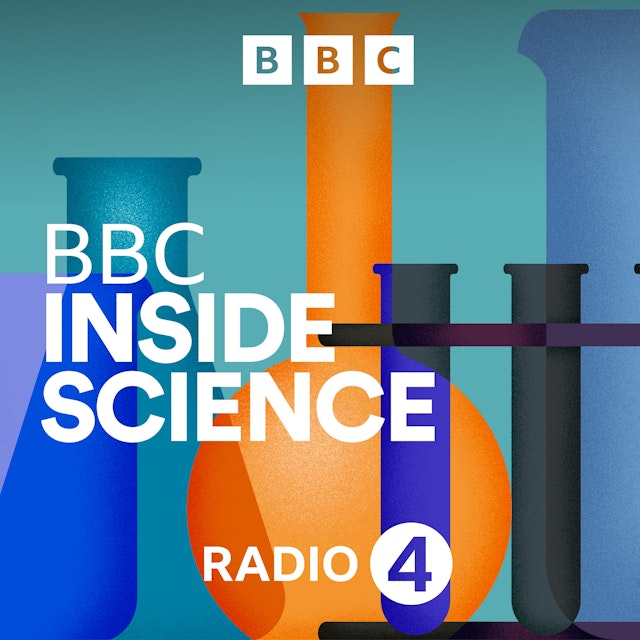A paper recently published in the journal Nature claimed that assembly theory could help explain and quantify selection and evolution. But what exactly is assembly theory? In this episode Marnie Chesterton speaks to science writer Philip Ball and zoologist and writer Professor Matthew Cobb. They dig into the science behind this tricky concept and figure out why it makes people so angry.
A sample recovered by NASA from the Bennu asteroid hurtled back to earth recently. This week we saw what’s been retrieved from 200 million miles away. Studies on the dust and rock are just getting underway. Professor Tom Zega, one of the mission scientists, reveals why this sample will be important for many years to come.
We also hear from Ed Yong who has been shortlisted for the Royal Society Trivedi Science Book Prize. He tells us about his book, An Immense World, where he encourages us to think beyond the confines of our fleshy bodies.
People experience the world in many different ways. It all comes down to perception. We speak to Professor Fiona Macpherson who, along with neuroscientist Professor Anil Seth, are co-leads of The Perception Census which aims to document the differences. Fiona reveals how this could help shine a light on consciousness and what it means to be human. The census closes at the end of the month and everyone’s welcome. You can take part here: https://perceptioncensus.dreamachine.world
Presenter: Marnie Chesterton Producers: Harrison Lewis and Alice Lipscombe-Southwell Editor: Richard Collings Production Co-ordinator: Jana Bennett-Holesworth
BBC Inside Science is produced in collaboration with the Open University.
Podkasten BBC Inside Science er innebygd på denne siden fra en åpen RSS feed. Alle filer, beskrivelser, illustrasjoner og andre metadata fra RSS-feeden tilhører podcasteieren og er ikke tilknyttet eller validert av Podplay.
